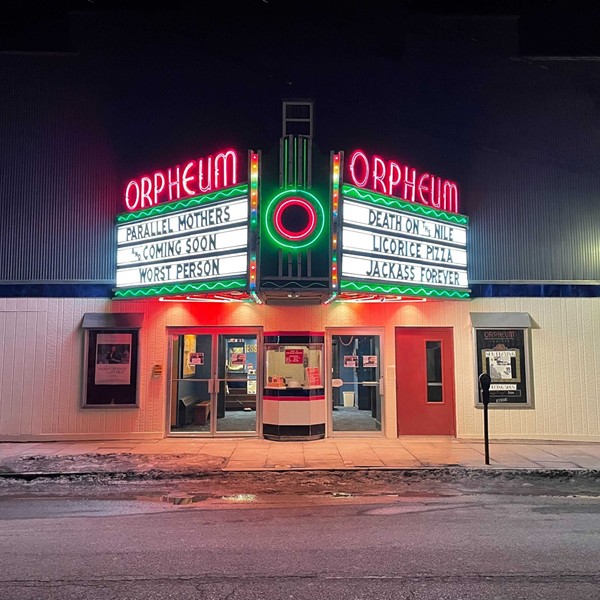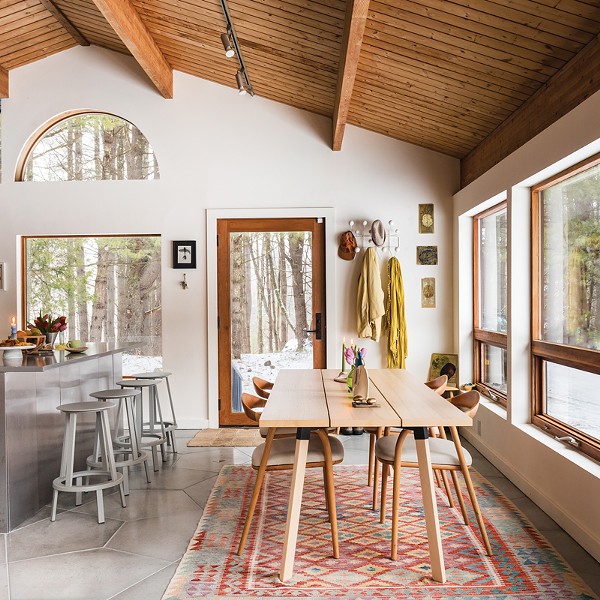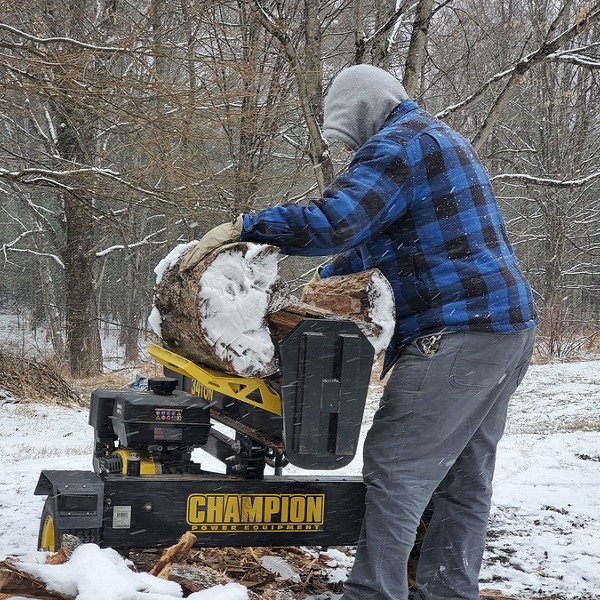Thanks to our constant exposure to various electronic media (TV, the Internet, and so on), we have fully entered into what Walter Benjamin once dubbed "The Age of Mechanical Reproduction." What Benjamin saw in the 1930s, in the wake of the saturation of photography and film, was a world in which
things became important not for being actually present but because their images had been reproduced and disseminated so often that they could no longer be ignored.
Mass reproduction can get in the way of the individual experience of a work of art - just ask anyone who's lined up at the Louvre to see the Mona Lisa, shielded behind a sheet of bullet-proof Plexiglas. It's almost impossible to see it simply as a painting anymore: it's been transformed into a mass cultural phenomenon.
We've become so accustomed to mass media that images can seem quite literally "a dime a dozen." At times, it seems to require a concerted effort to comprehend the physical reality of art, the fact that someone took considerable time and effort to build up the surface of a painting, or etch a complex design into the printer's plate. The ratio of time spent making a work to the time most people spend actually looking at it is ludicrously lopsided, often leaving the mistaken impression that cranking out artwork can be a quick and easy thing.
An exhibition that recently opened at the Woodstock Artists Association gallery goes a long way to dispel such misapprehensions. "In the Studio" creates an intimate, artist's eye view into the creative process, presenting a number of works whose subject matter includes various individuals at work in the studio, life drawing classes, and the like, reunited with a number of the actual tools - a cup full of palette knives, a sculpting stand, framing tools, brushes, and so on - used by a number of Woodstock artists, mostly from the 1920s through the 1950s.
It's almost as though you're looking over the shoulder of Karl Fortess, for example, as you encounter his old wooden palette, still bearing sculptural mounds of paint, in the vicinity of one of his works hanging on the wall nearby. And of course not all the activity took place literally "in the studio" - a section of the show is dedicated to the artists' plein-air practice, complete with the well-used wooden toolboxes and portable easels that testify to the inevitable call of the natural surroundings, which initially inspired so many artists to work in Woodstock in the first place.
The presence of these physical objects creates an unexpected gateway into much more than the strictly material reality of paint, wood, and printer's ink, however. Something of the artists themselves has figuratively "rubbed off" on these mute witnesses to history, granting them an aura that transports the viewer back to the complex web of social and artistic relationships that made up the Woodstock scene.
Certain places seem particularly charged locations for creative activity: Paris, of course, or think of Sedona, Arizona, or Provincetown. We happen to live in a region peppered with these hotspots, and our local artistic epicenter in the 20th century was clearly Woodstock. It's a small town, though, which created a close-knit social scene (even though, of course, there was always a certain level of contentiousness and bickering between various aesthetic factions). This exhibition focuses largely on the circle that operated in the orbits of Maverick and the Woodstock Artists Association, including such artists as Yasuo Kuniyoshi, Austin Mecklem, Harvey Emrich, Hannah Small, and Wendell Jones.
There's an old saw that goes something like "all art is about other art." To an extent, that's true, and it's particularly striking to see here the number of works that were made explicitly focusing on fellow artists and the process of making art itself. Just as with language, there cannot exist an "art" belonging to only one person. The basis of art's function lies fundamentally in its communicability, the fact that it can be shared.
As becomes clear after even a cursory examination of all the incestuous artistic references in this exhibition, there is an undeniably social aspect to art and art making. According to curator Josephine Bloodgood, "The social scene became a major focus, and throughout all the work, there's lots of self-referential material." One of the more intimate examples in the show is an envelope, originally addressed to Eugenie ("Joni") Gershoy, that was "borrowed" by Lucille Blanch, who neatly opened its seams to create a sheet of impromptu sketch paper, on which she recorded a number of her fellow artists gathered in the cafe that day.
In turn, a detailed pen-and-ink drawing by Gershoy of a group of artists in a life drawing session is supplemented by a pair of pencil sketches by Wendell and Jane Jones, seemingly made during the self-same sitting - they can be identified in Gershoy's picture, and the model even seems to be holding the identical pose!
What emerges most clearly from this exhibition is the warmth and intensity of the relationships among all these artists, and the fact that the scene itself became a dominant - perhaps even decisive - factor in the genesis of the work. Who did the artist know, who did he/she hang out with? All of this comprises the indispensable condition for creating the work itself, and in this case was often made the subject of it as well.
The beautiful landscape surrounding Woodstock, while providing the original inspiration for artists to come to the area, was not sufficient in itself to sustain the art that was made here. It was the social fabric of this close-knit artistic community that provided the essential matrix for its ultimate development. Just as the painting, the sculpture, and the prints were nurtured In the Studio, so the artists were nurtured by one another in this small, rural enclave. Geographically removed from the cosmopolitan influences of New York's metropolis (as much as they were continuously informed by its aesthetic developments), the Woodstock artists enjoyed their social space here as a unique sort of muse. This exhibition, while focused on the material conditions of studio practice, opens an unexpected window onto the significance of the otherwise intangible social connections among the artists as they responded to one another through their work.
IN THE STUDIO: THE CREATIVE SPACES & TOOLS OF WOODSTOCK ARTISTS
JULY 10 THROUGH AUGUST 30 AT THE WOODSTOCK ARTISTS ASSOCIATION, 28 TINKER STREET, WOODSTOCK. (845) 679-3940 OR www.woodstockart.org.
















